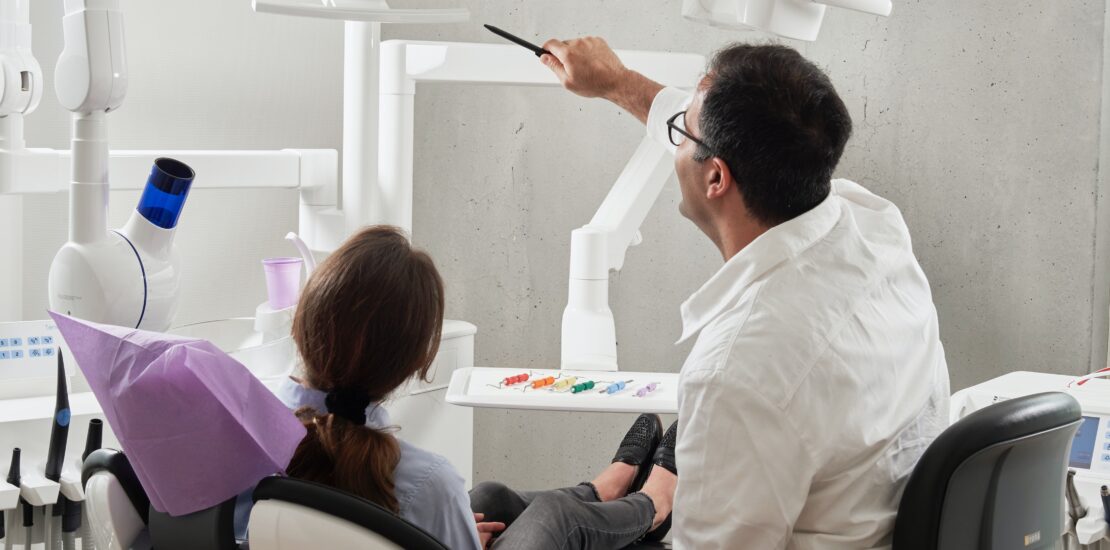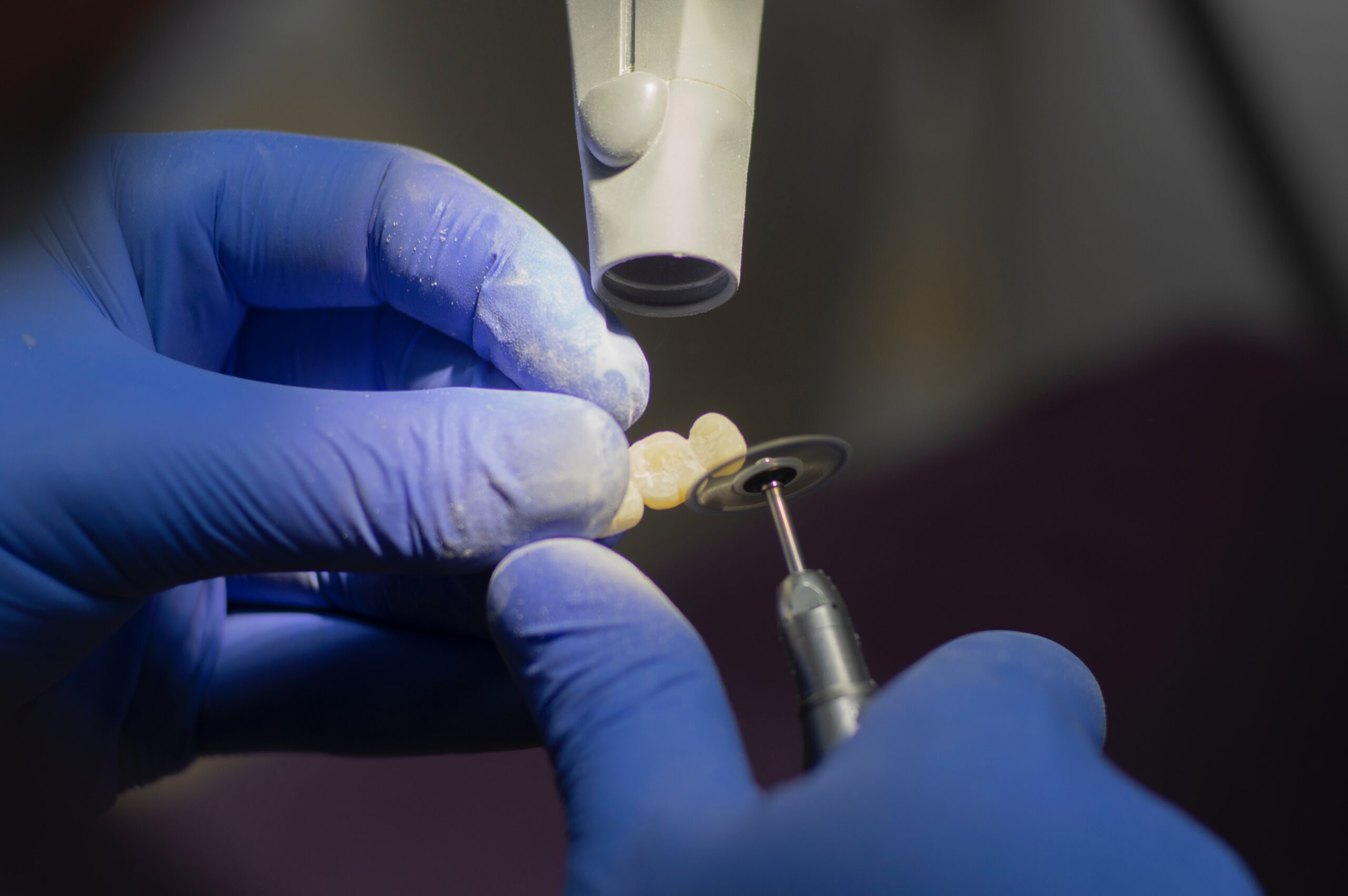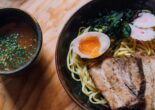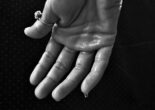Is dental anxiety keeping you from taking care of your teeth? Visiting the dentist in Japan can be a breeze if properly prepared! For those not quite sure what to expect, this guide of useful tips will have you relaxed and ready for your upcoming appointment.

It’s not uncommon to hear grumbling when the topic of dentistry comes up, even in my home country I had nightmares about visiting the dentist. In my first few years of moving to Japan, I subsequently pushed off visiting the dentist until the anxiety of not going overpowered the anxiety of actually going. If you’re at that point where you’re finally ready to dip your toes in the water and start the process of visiting a dentist for the first time, read on for useful information on how to tackle everything dentist related in Japan.
What to Expect on Your First Visit

Typically, your first appointment will be a check-up unless you’ve communicated other concerns, like tooth pain or sensitivity. Before entering the exam room, you’ll be asked to hand over your insurance card and given a patient information sheet to fill out. This form will ask for basic information like your name, address, and birthday. You may also find questions inquiring about any past oral surgeries, how often you brush and floss, and when was the last time you had a cleaning. If reading Japanese is an issue, and there isn’t an English version, I recommend using the Google Translate app.
Once handing back your patient sheet you’ll be called into the exam room. Some exam rooms are more high-tech than others. My current dentist’s exam room has a large display to show my current x-rays as well as pictures of my completed fillings. However, my last dentist’s office in the countryside had an open-concept exam room with all patients crammed in the same room with only a partition separating them from others. If an open-concept exam room bothers you, inquire beforehand or check the office’s website before booking.
During your exam, expect your dentist to check your teeth and gums and inquire about getting x-rays done (and if they’re covered by insurance). If your dentist notices any cavities, you’ll most likely make an appointment for fillings at a later date. This is the same for booking a cleaning.
Prepare Yourself for the Unexpected

Let’s talk about temporary fillings. Before a few weeks ago, I didn’t even know such a thing existed! Back in America, I had always had my fillings done the same day, if not multiple ones done at the same time. However, I was left with quite a shock at my last appointment when my tooth was completely drilled out and then a temporary plaster was inserted in the place of the real filling I thought I was getting. As it turns out, for those choosing silver fillings and the like, especially if your cavity is on the bigger size, molds may be taken and you might have to wait a week if not longer to get your silver filling put in. This is also common in some procedures like root canals. I only wish I had known about this procedure beforehand so I could have prepared myself!
If it’s unclean, run for the hills! In all seriousness, make sure you take a look around the exam room before taking a seat, especially at the sink and tray of tools. If the amenities aren’t up to your standards this may likely heighten your anxiety throughout your appointment. A few years ago, I went to a local office near my house and noticed as I walked in for my cleaning that the sink hadn’t been cleaned out and there was still dirty water in the basin left over from the last patient! I then scanned the room and noticed that all of the surrounding walls were stained with unknown splatter, even on the ceiling! Let’s just say, I didn’t return. My best tip for this one is to check the website and reviews before making an appointment.
One of the bigger differences in exam rooms that I’ve noticed is something I’ve coined as the “Gargling Station.” In your exam room, you’ll find a sink adjacent to your chair and will be asked periodically to gargle and spit into this sink before and after certain procedures. Typically dental offices in the west don’t have a patient sink adjacent to the chair, however, there is one usually at the corner of the room for gargling at the end of a cleaning appointment.
It’s Okay to Shop Around

As noted in the prior subheading, sometimes things don’t go as expected and you may not feel comfortable returning to the dentist you had been visiting. Don’t stress! One of the best things about dentistry in Japan, especially in Tokyo, is there are offices everywhere, even those catering to non-Japanese speakers. You’ll eventually find a dentistry clinic that feels right for you. I’ve packed up and switched dentists over three times so far since moving to Tokyo and none of my ex-offices are inquiring about where I’ve gone. Worst case, if your office does choose to call you, simply state you’ve moved and leave it at that.
Another tip when shopping around is to make a list of the top priorities you want in your dentist. Some examples may be: in proximity to home or work, open on the weekends, easy to book through an app or website, high-tech office, friendly hygienists and staff, and English-speaking or Japanese-speaking only.
Communication is Key

When going to the dentist in Japan, it’s important to communicate as much as possible. Most procedures will be similar to your home country, but in the rare cases where things may differ,
you may want to express how it’s done in your home country and ask if it’s done the same way in Japan.
Newer dentist offices have large displays in every room where a picture of your x-rayed teeth will be shown and the areas of concern highlighted. This added visual makes it a lot easier to communicate with your dentist or hygienist about your concerns if you don’t know the proper names for each tooth. If worried about a language disconnect ask if you can use your phone to help translate difficult words while discussing your treatment.
For those who can’t speak Japanese and are specifically looking for an English-speaking doctor, Tokyo is probably one of the best places for finding a doctor that fits your specifications. My advice is to ask around, search Japan resident-related forums, and do some basic googling. Soon enough you’ll find lists and articles recommending some great English-speaking dentists!
Useful Words
Cavity: mushiba 虫歯
Plaque: shikou 歯垢
Tartar: shiseki 歯石
Gums: haguki 歯茎
Filling: tsumemono 詰め物
Silver filling: ginba no tsumemono 銀歯の詰め物
Ceramic filling: seramiku no tsumenono セラミックの詰め物
Sensitive: binkan 敏感
X-ray: rentogen レントゲン
Dental check-up: shika kenshin 歯科検診
Gargle: ugai うがい
Root canal: shikonkan 歯根管
Crown: kabusemono or kuraun 被せ物 / クラウン
Related Articles
Japanese Restaurant Etiquette: Simple Mistakes That Can Ruin Your Meal
Warning: Undefined array key "sfsi_threadsIcon_order" in /home/veremosglobal/tokyoroomfinder.com/public_html/blog/wp-content/plugins/ultimate-social-media-icons/libs/controllers/sfsi_frontpopUp.php on line 165
Warning: Undefined array key "sfsi_blueskyIcon_order" in /home/veremosglobal/tokyoroomfinder.com/public_html/blog/wp-content/plugins/ultimate-social-media-icons/libs/controllers/sfsi_frontpopUp.php on line 170
Warning: Undefined array key "sfsi_bluesky_display" in /home/veremosglobal/tokyoroomfinder.com/public_html/blog/wp-content/plugins/ultimate-social-media-icons/libs/controllers/sfsi_frontpopUp.php on line 266



